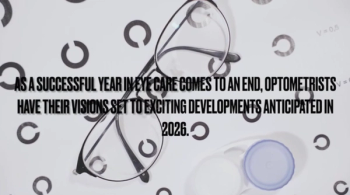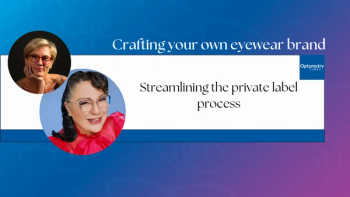
The optometrist meets changing technology
Although our practices today are very different because of legalized scope expansion and upgraded education, we are still optometrists interested in providing and preserving vision as our number one mandate.
A senior high school student recently asked me at a high school jobs fair, "Dr. Smick, what does an optometrist do?" I remember being asked this question at a similar function more than 30 years ago as a 1967 graduate of Pacific University College of Optometry. My recent reply required quite a bit of thought and turned out to be rather lengthy; however, the answer was quite different than my answer in 1967.
While the term "medical model" is commonly used, I still prefer the term "optometric model." Although our practices today are very different because of legalized scope expansion and upgraded education, we are still optometrists interested in providing and preserving vision as our number one mandate. Technology is primarily responsible for our increased abilities to diagnose and treat patients' ophthalmic medical conditions. As I explained to the student what an optometrist does, I found myself including the ways I keep in touch with evolving techniques and tools and the benefits of professional education.
The ability to keep up with the changes in technology requires a commitment to education both by reading more journals and by attending more meetings.
The coordinators of the Vision Expo family of shows (New York and Las Vegas) understand this need for education and have made several commitments to provide a world-class experience for attendees.
Not only are the lectures heavily laden with technology-slanted presentations, the follow-up in the exhibit hall is enriched by the new Medical and Scientific pavilion. All of the latest technology in medical instrumentation, contact lenses, and pharmaceutical products are clustered in one convenient part of the exhibit hall, allowing attendees the opportunity to browse and compare without having to trek around the different halls and search among other vision products. This convenience makes visiting the new technology simpler than at other meetings and allows us to easily visit between lectures.
When I completed my answer to the high school student, I was thankful for the continued expansion of scope, the improving technology, and the Vision Expo meetings that I have come to rely on for keeping me up-to-date with the many changes occurring in my profession.
Newsletter
Want more insights like this? Subscribe to Optometry Times and get clinical pearls and practice tips delivered straight to your inbox.













































.png)


